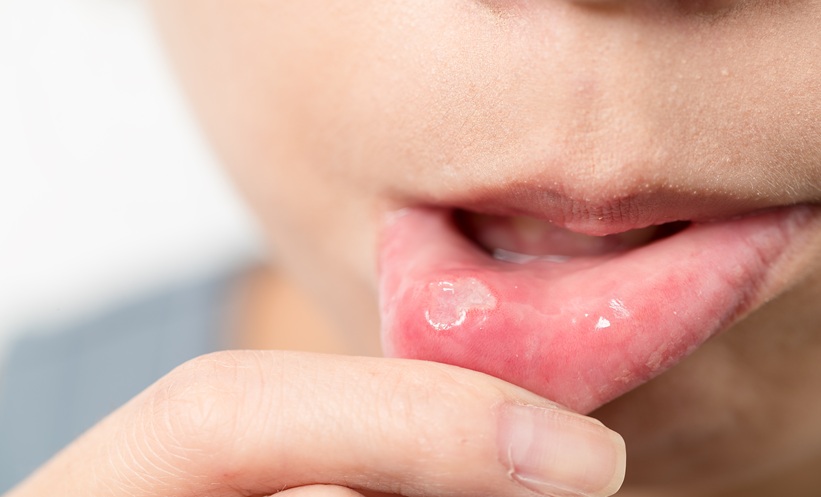The OMERACT (Outcome Measures in Rheumatology) gout group has, for several years, been working towards a model for evaluating a biomarker as surrogate endpoint for clinically relevant outcomes. Surrogate measurements are often used in clinical trials when it is difficult or impractical to use clinically relevant or patient-reported outcomes as endpoints. Substituting a target event with a surrogate measurement (for example a soluble biomarker) allows for the conduction of shorter and smaller trials. To evaluate the usability of a biomarker as a surrogate, Maksymowych et al.1 published a model for evaluating a proposed biomarker for surrogacy in 2009. This was followed by Stamp et al.2 applying the OMERACT model to evaluate whether serum urate (SU) fulfilled the OMERACT biomarker criteria. They concluded that, with the exception of its effects on outcome measures, SU met the criteria.2 The need for analysis of existing data to determine whether a reduction in SU predicts a reduction in gout flares, the number/size of tophi, and patient-reported outcomes, was then the next approach in the process of validating SU as a surrogate endpoint for clinically relevant outcomes in people with gout. With this in mind, we conducted a systematic review and meta-analysis, and part of the results were presented at the European League Against Rheumatism (EULAR) congress, 2017, as an oral presentation. For a detailed description of the background and our methods, we refer you to the published protocol.3
A systematic literature review was undertaken to identify all relevant studies. Randomised controlled trials (RCTs) comparing any urate-lowering therapy in people with gout with any control or placebo for ≥3 months duration were included. The search resulted in 234 abstracts for screening. Subsequently, 82 trials were scrutinised, of which 9 trials (with 16 comparisons) met our inclusion criteria. A total of 5,696 people with gout were entered into the meta-regression model. The longest RCT included was only 12 months in duration. The pooled odds ratio (OR) suggested a small, but statistically significant, favourable association between the active and comparator urate lowering therapies and flare frequency (OR: 0.83; 95% confidence interval: 0.70–0.99). Substantial heterogeneity was present (between trial variance: 0.07; 0.03–0.30). Meta-regression analysis did not reveal any statistically significant association between the proportion of individuals who achieved target SU and the observed flare rate (p=0.82); the model fit did not improve after inclusion of the covariate into the model (between trial variance: 0.08; 0.03–0.33).
In conclusion, substituting surrogate endpoints (proportion achieving target SU) for the important clinical outcome (gout flares) allows for the conduction of shorter, smaller trials. However, based on aggregate trial-level data (meta-regression), an anticipated association between SU and gout flare could not be confirmed. The heterogenicity of the studies and the difference in clinical outcome data reported, as well as the trial duration, is likely to have influenced the results. It is important to note that the longest trial duration was only 12 months and it is likely that this was too short to observe any reduction in gout flares. Additional analysis using data from long-term open label extensions is currently underway.








